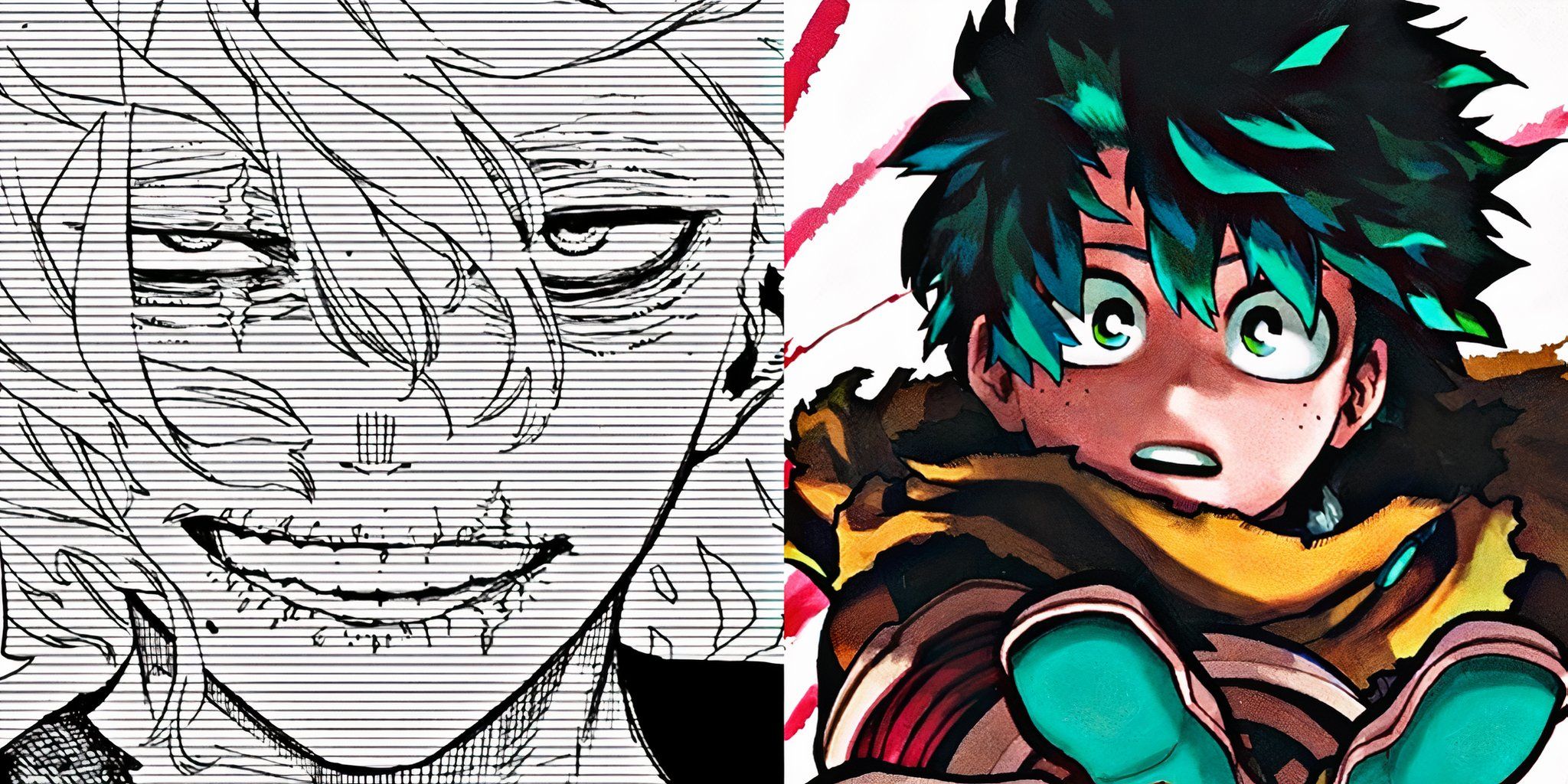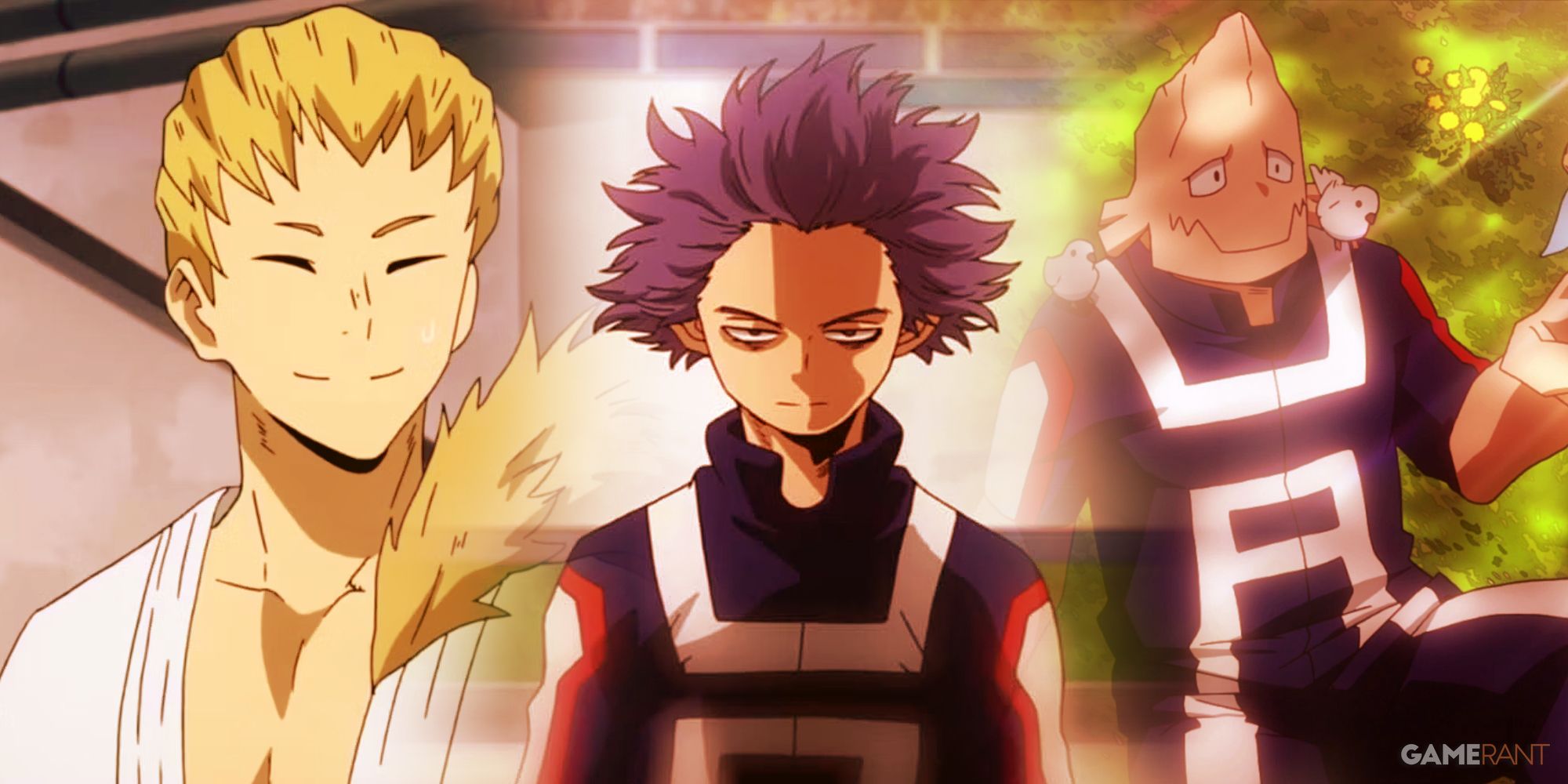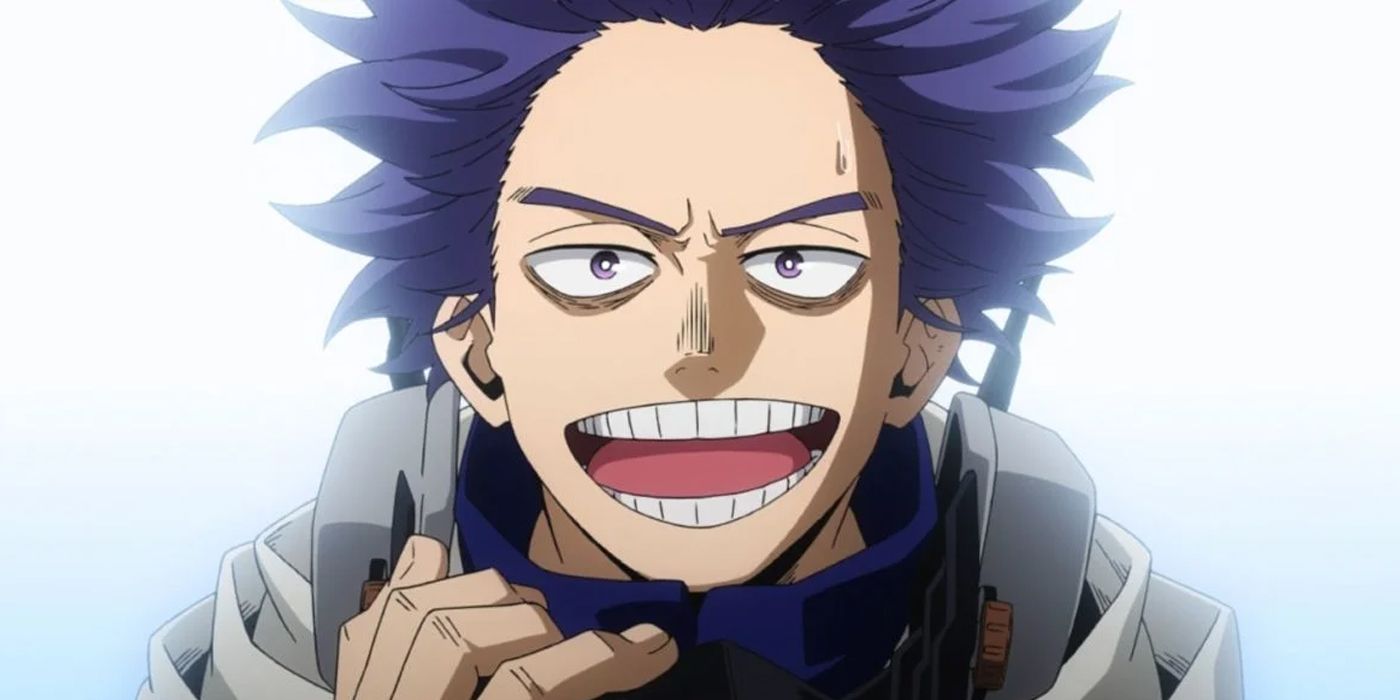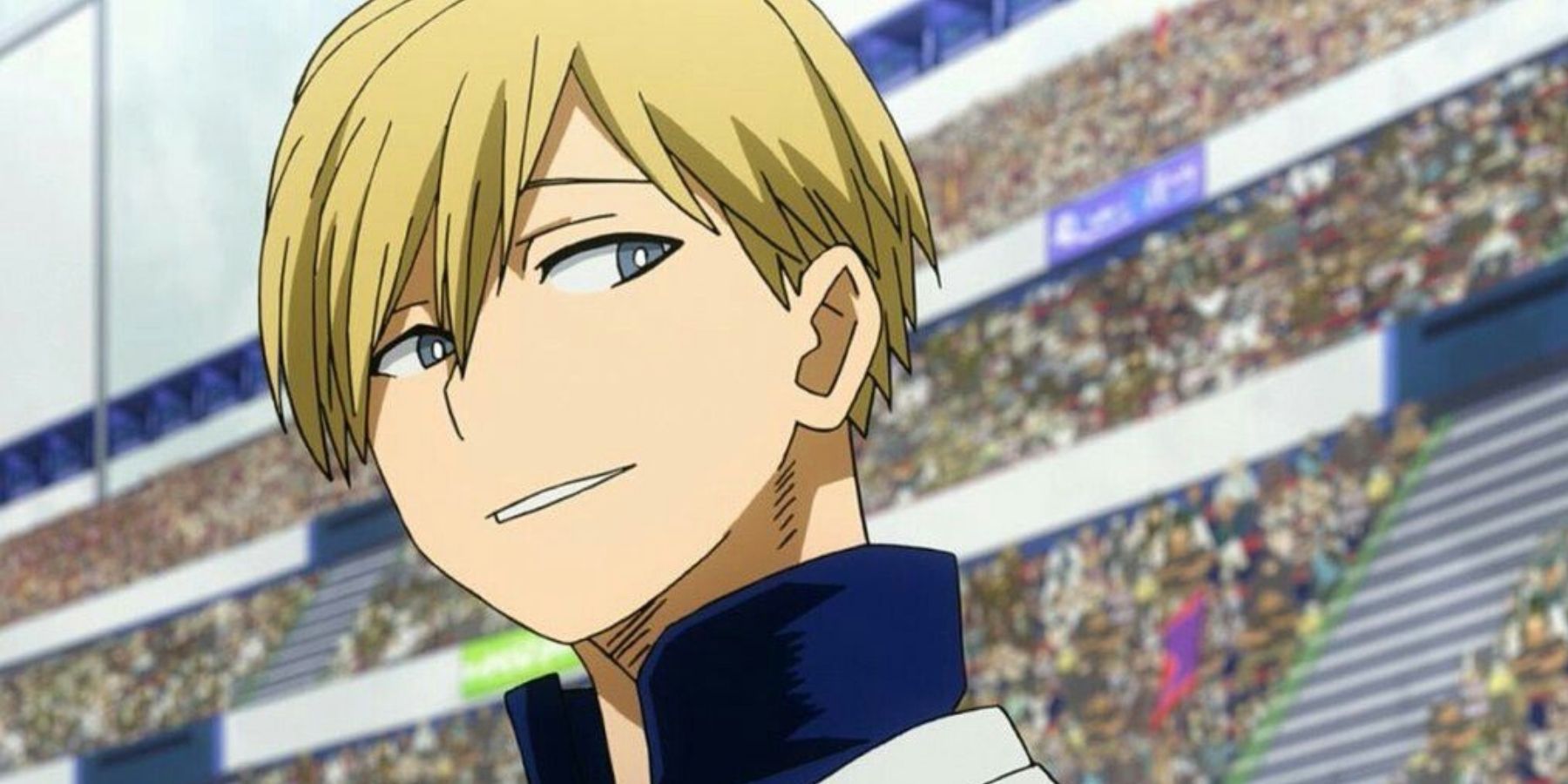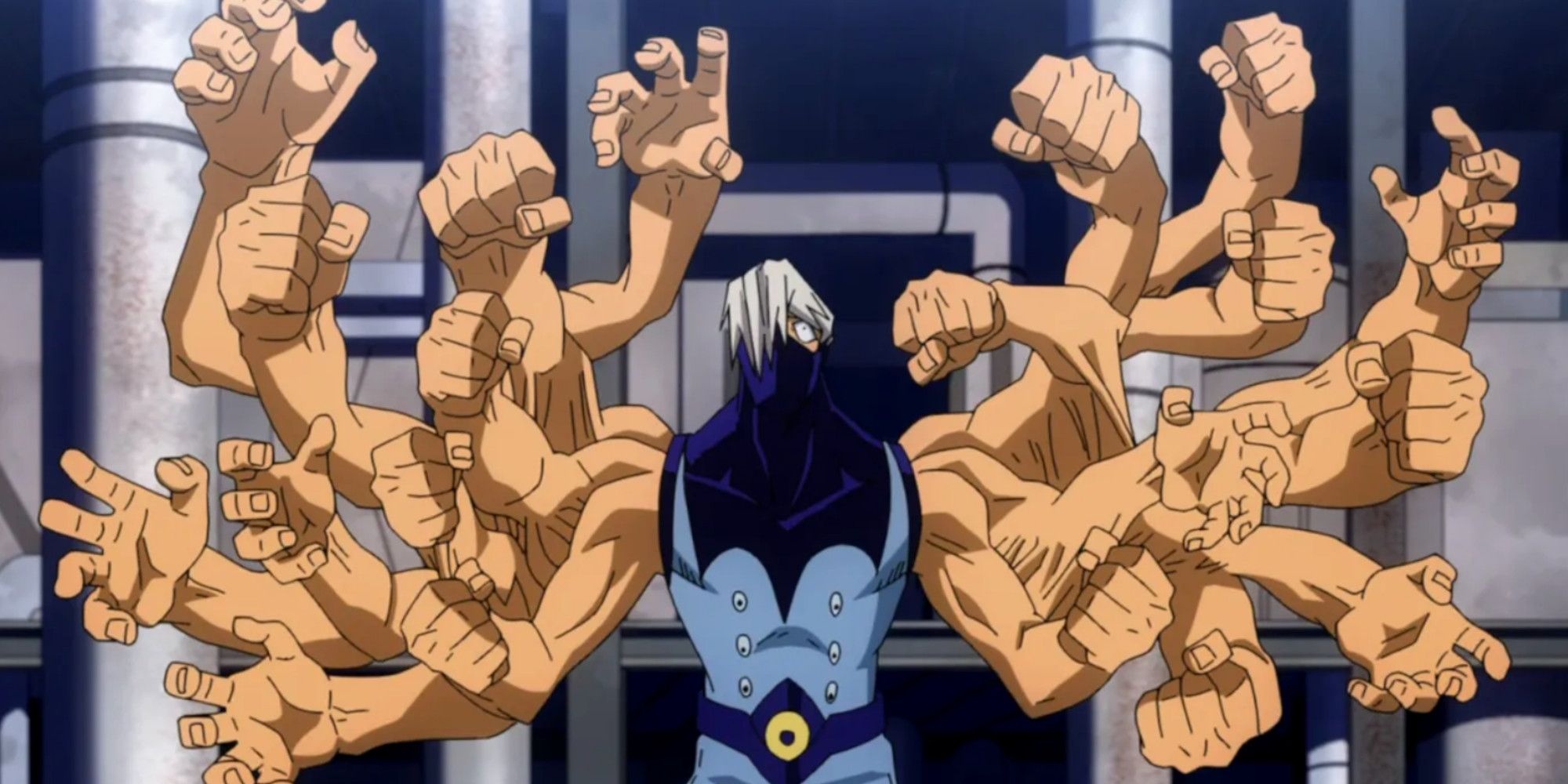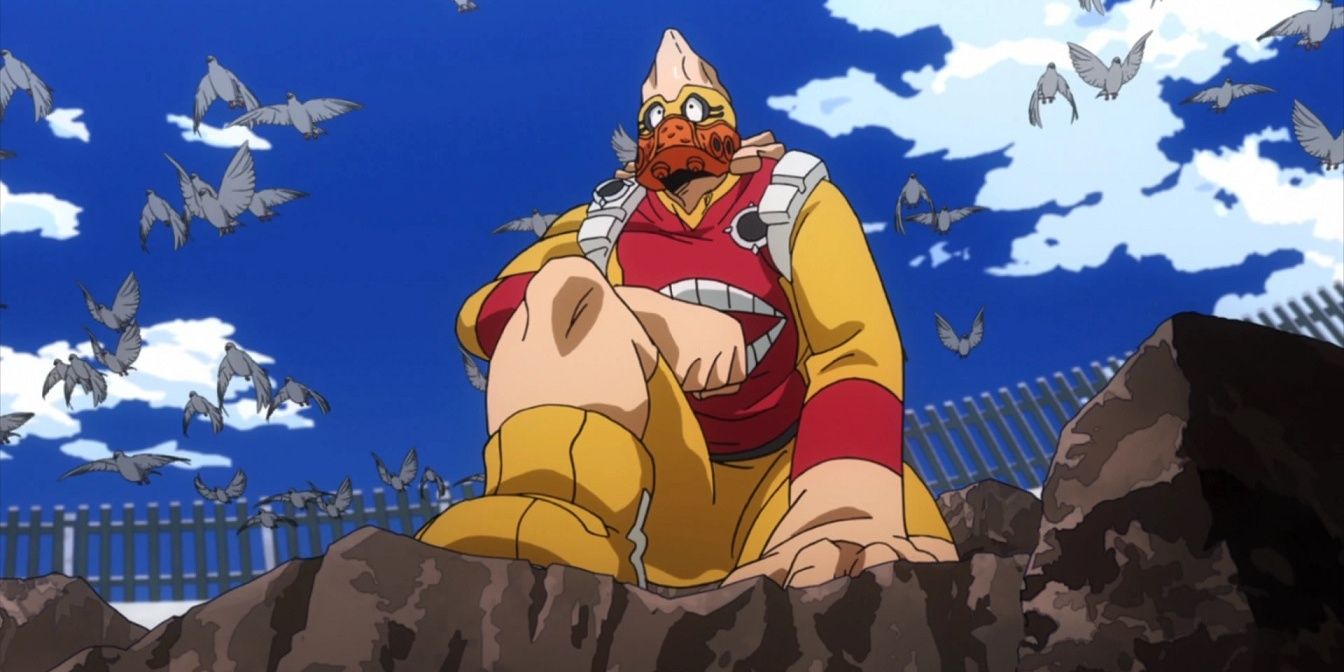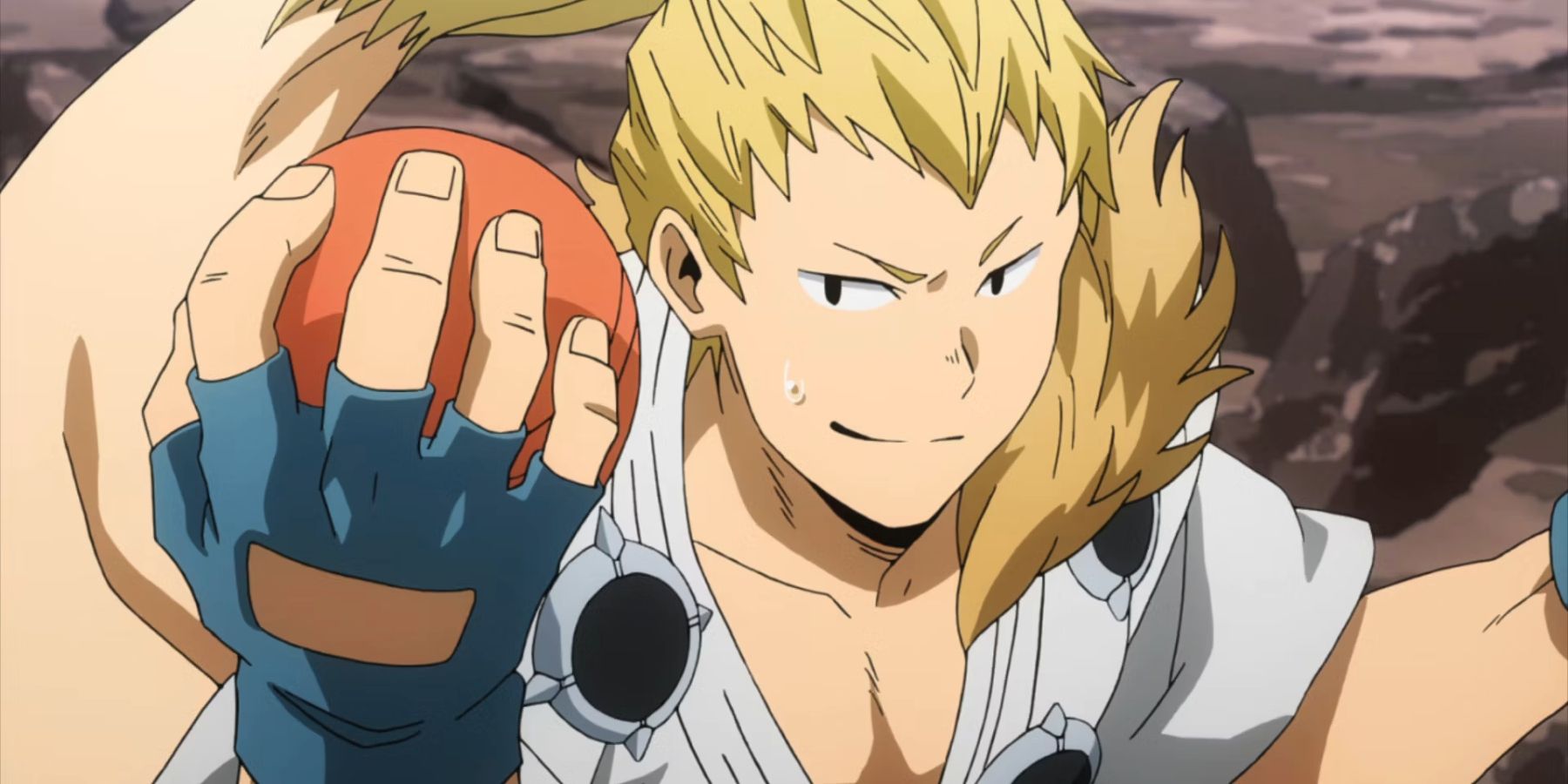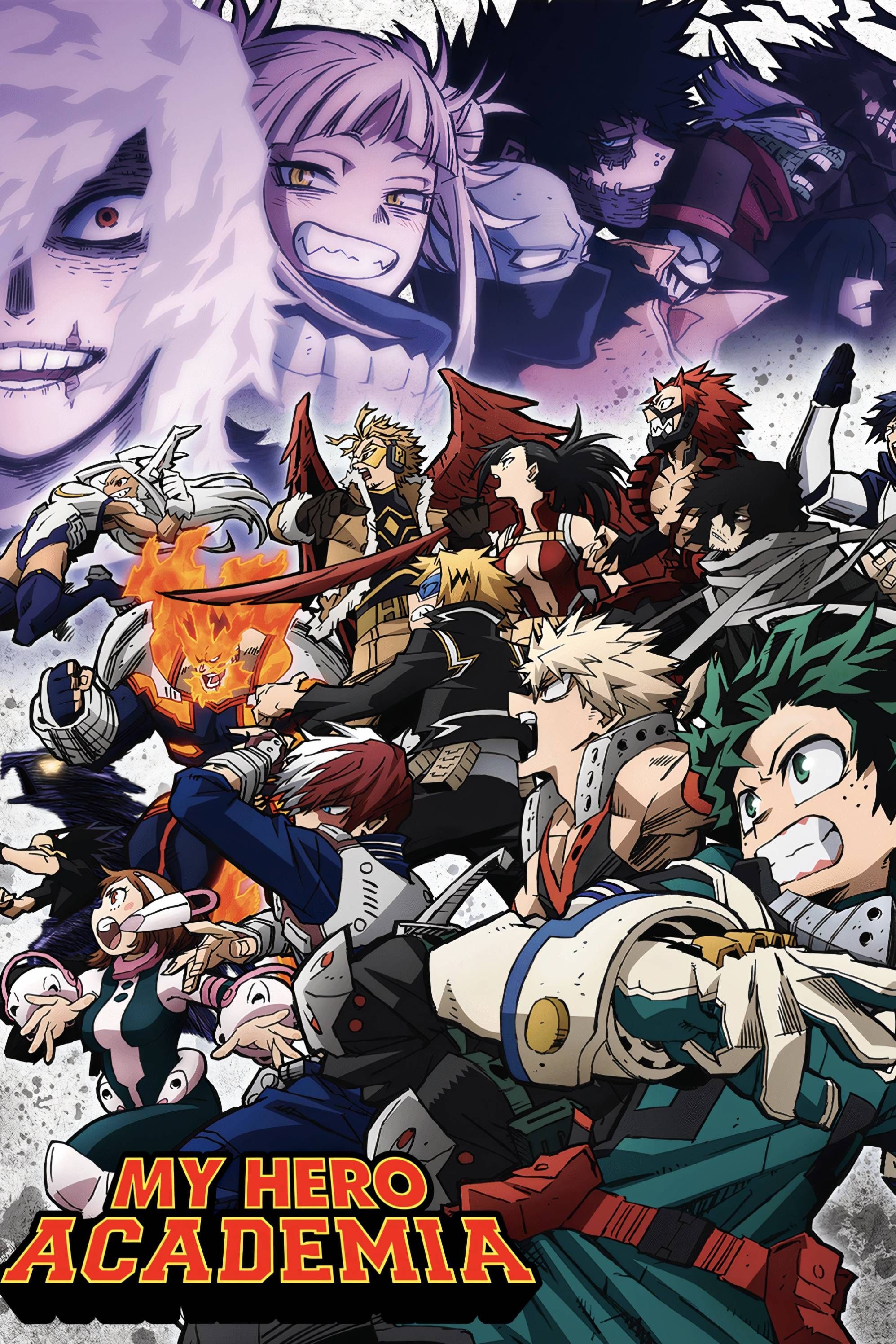Highlights
- Hitoshi Shinso's potential for development as a character is often overlooked.
- Neito Monoma's unique quirk and personality deserve more attention.
- Koji Koda's non-combative quirk and Koda's character growth should be explored further.
My Hero Academia is a series known for its expansive cast of heroes and hero hopefuls. While the series focuses primarily on Izuku "Deku" Midoriya, the perspective shifts to his classmates on occasion. A notable example is Kirishima's fight against Kendo Rappa, a supporting antagonist who was a good challenge for his physical strength. A more frequent example is perhaps his rival, Bakugo, who often found himself caught up in trouble.
However, for every bit of exposure some characters get, others tend to fall a bit more into the background. With the manga set to conclude in the near future, here are some heroes that deserve a bit more development.
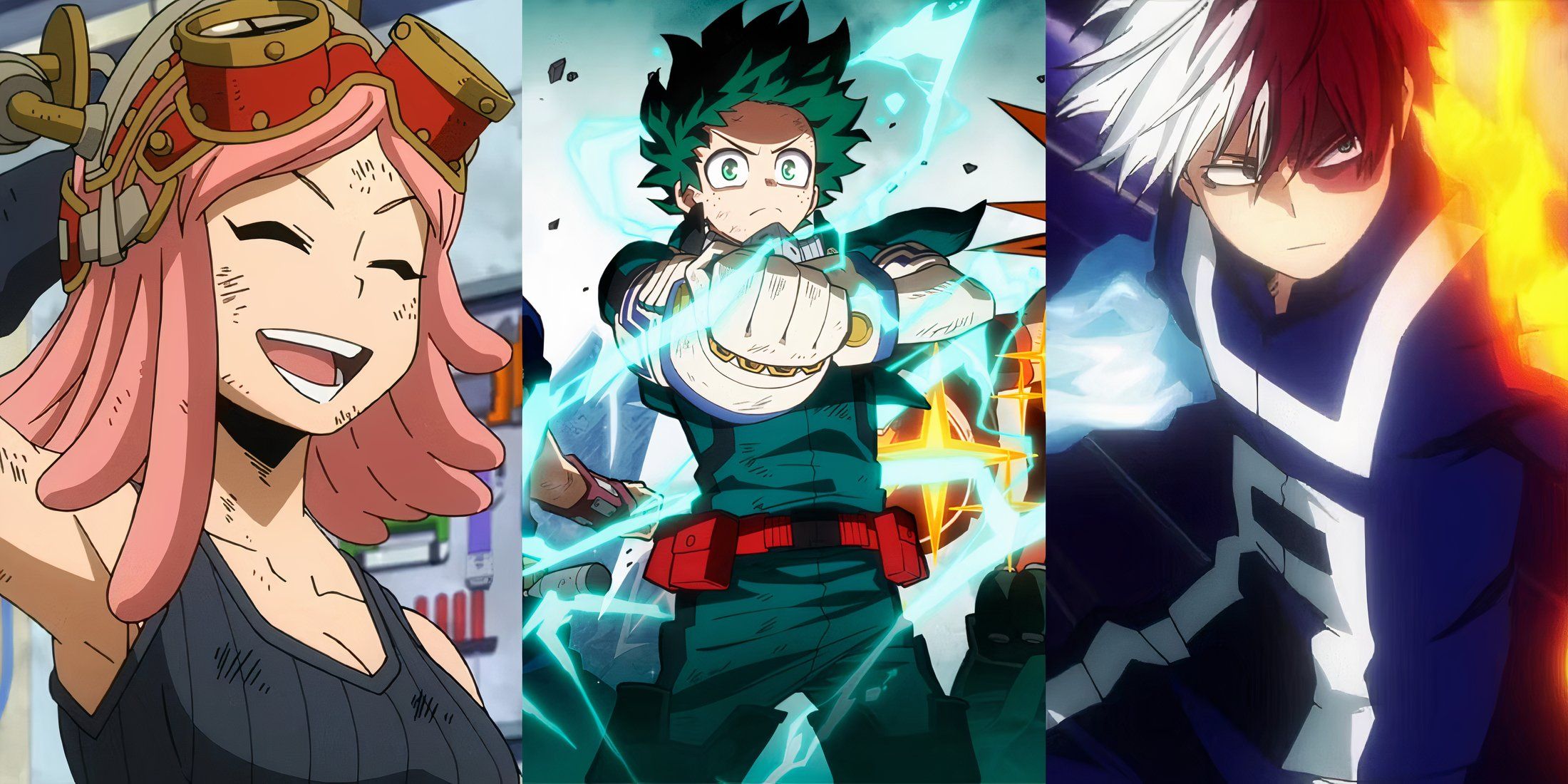
8 Most Creative Fighters In My Hero Academia, Ranked
My Hero Academia is full of characters with impressive quirks. These unique abilities allow some of them to get pretty creative on the battlefield.
5 Hitoshi Shinso
Hero Name Currently Unknown
Shinso is a fascinating character. His brainwashing quirk lends itself to evil quite well, which leads to people assuming he will inevitably turn evil. Despite that fact, he individually has a strong drive to become heroic, and he grew to dislike people whose quirks were more naturally suited to heroic pursuits. Unfortunately, he was relegated to general studies and was forced to use events like the Sports Festival in an effort to usurp the established students.
He is first shown in the Sports Festival Arc, where he is given many shining moments, even nearly managing to get Izuku disqualified by way of his quirk. Ultimately, he loses against Midoriya, although he does end up leaving an impression on several students and pro heroes alike. He later returns in the Joint Training Arc, which also serves as his entrance exam into the hero course. He has received some training from Aizawa to improve his physical capabilities in combat. After passing, Shinso gets his wish and is set to become a transfer student. He later uses his quirk multiple times in the final arc, on the side of good. While Shinso does grow and change as a character, a lot of that happens offscreen, with the audience largely seeing the results instead. It didn't need to be a significant focal point, but a greater look into the process would've been a nice addition.
4 Neito Monoma
Phantom Thief
A hero-in-training struggling with his inferiority complex, Monoma belongs to Class 1-B. He tends to be fairly insulting towards 1-A due to believing they are viewed in a more favorable light, thanks to the USJ incident. His insecurity partially stems from his copy quirk, which relies on duplicating the abilities of any nearby candidate to be effective rather than his own individual utility. He is also shown to be an ultimately supportive character towards people he identifies with, including Shinso and his 1-B classmates.
He has the ability to copy another person's quirk by touching them for ten minutes at a time. He can do this up to four times at once but holds three stopwatches to throw off foes less clued into this skill. He also needs to obtain the proper physicality to utilize quirks that require it. While he is one of the most prominent members of Class 1-B, his interesting power and somewhat more nuanced personality should have earned him even more time to flesh out his character.
3 Mezo Shoji
Tentacle Hero: Tentacole
Belonging to the marginalized heteromorph community, Shoji was largely considered a monster during his childhood. His sole good memory, using his dupli-arms quirk to save a drowning girl, became the basis for his desire to be heroic.
His mutated powers, despite inciting fear among others, are, in fact, incredibly useful, with the potential for both combative and rescuing purposes. He is contrasted against certain others in his community, who are briefly drawn to rebel rather than attempt to gain respect from those with less "mutant" quirks. However, he is ultimately able to help pacify them. While this is a decent narrative idea, it feels like it deserves to be explored more in-depth as a potential new prejudice that could arrive in a quirk-dominated society. Shoji also deserved a bit more focus, with this facet of himself not explored until the final arc.
2 Koji Koda
Petting Hero: Anima
Koda is a shy character, speaking a whole five chapters after his onscreen debut, designed with a somewhat non-human appearance. His quirk allows him to communicate with animals, allowing them often to perform more coordinated attacks on his behalf. Despite a number of moments that allow him to use his quirk to the fullest, he is often relegated to a more supporting role, with other heroes who have more combative quirks taking the lead.
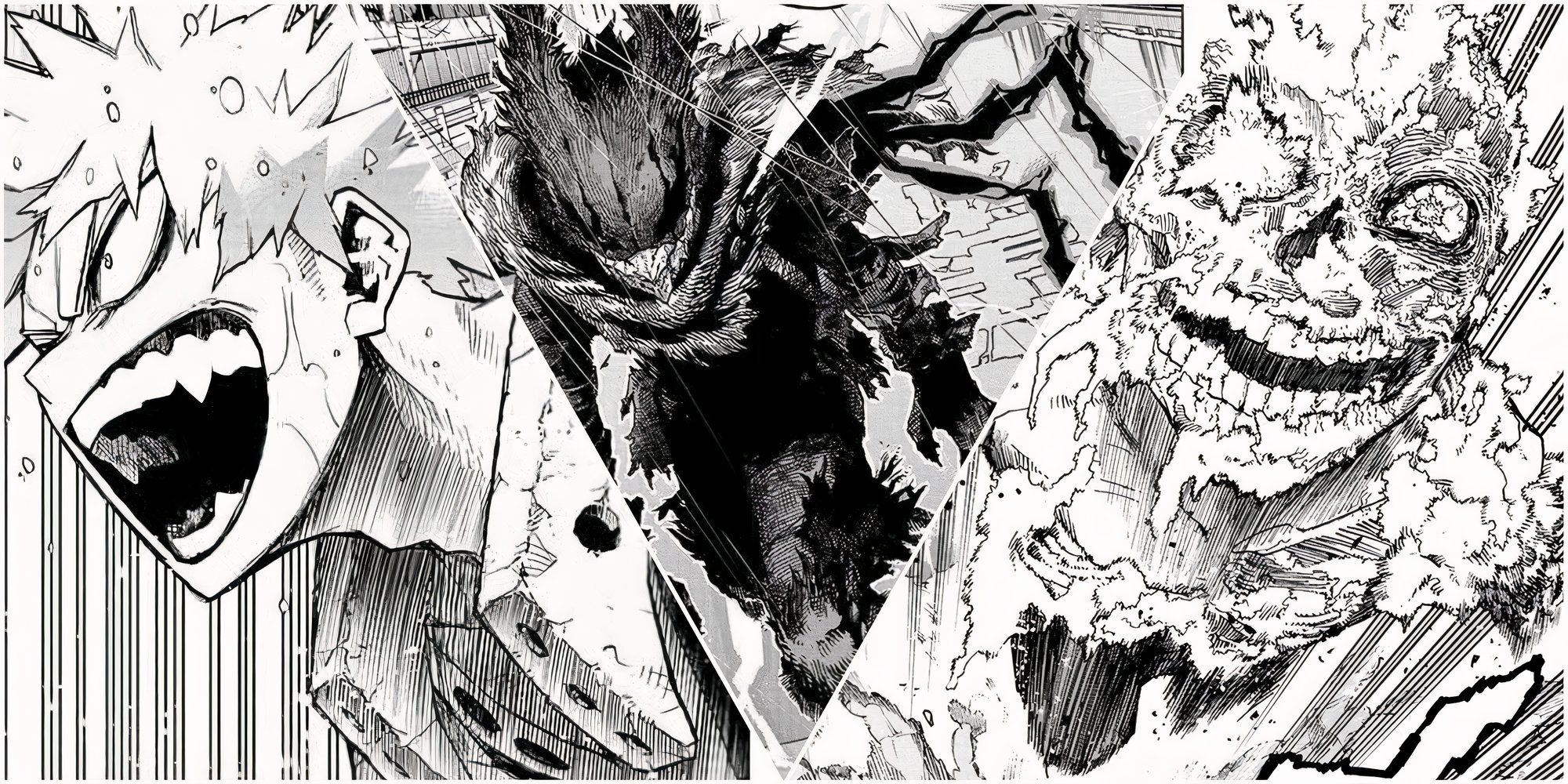
10 My Hero Academia Characters That Are Better In The Manga
Certain qualities of these characters in My Hero Academia are portrayed better in the manga series.
While the series does occasionally center Koda's more non-combative utility with his quirk, it's a side of him that ultimately feels like it deserves more exposure. That said, Koda has cultivated his power somewhat since his debut, most notably growing out his horns and expanding his anivoice quirk to telepathy, allowing him to communicate with even more animals.
1 Mashirao Ojiro
Martial Arts Hero: Tailman
Ojiro is often considered a somewhat "plain" character, much to his chagrin. However, one can't deny the extent to which he trained up his somewhat less flashy quirk. His only "power" is a tail, but he makes it work as simply another limb to attack with or otherwise support his body.
It's perhaps because of his somewhat plain quirk and appearance that he gets limited time in the limelight. However, it would have been interesting to pair himself alongside Deku more often. Outside his appendage, Ojiro is basically a hand-to-hand combatant, and it would've been interesting to contrast his strong reliance on physical power with Deku, who similarly needed to attain a base level of physical strength before taking on his admittedly more impressive quirk.

